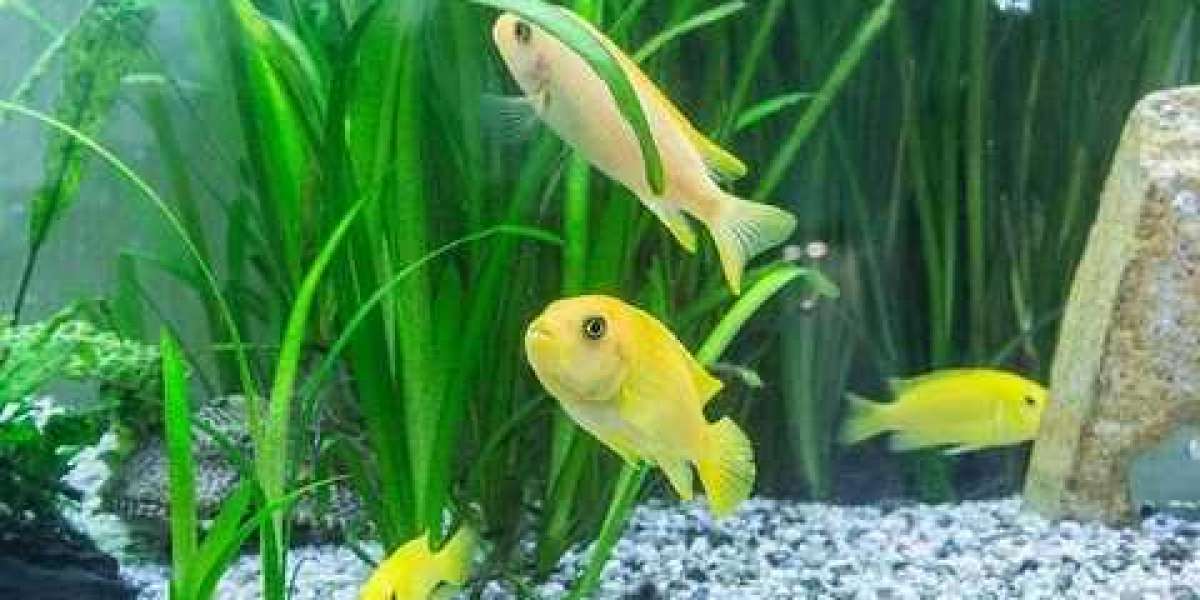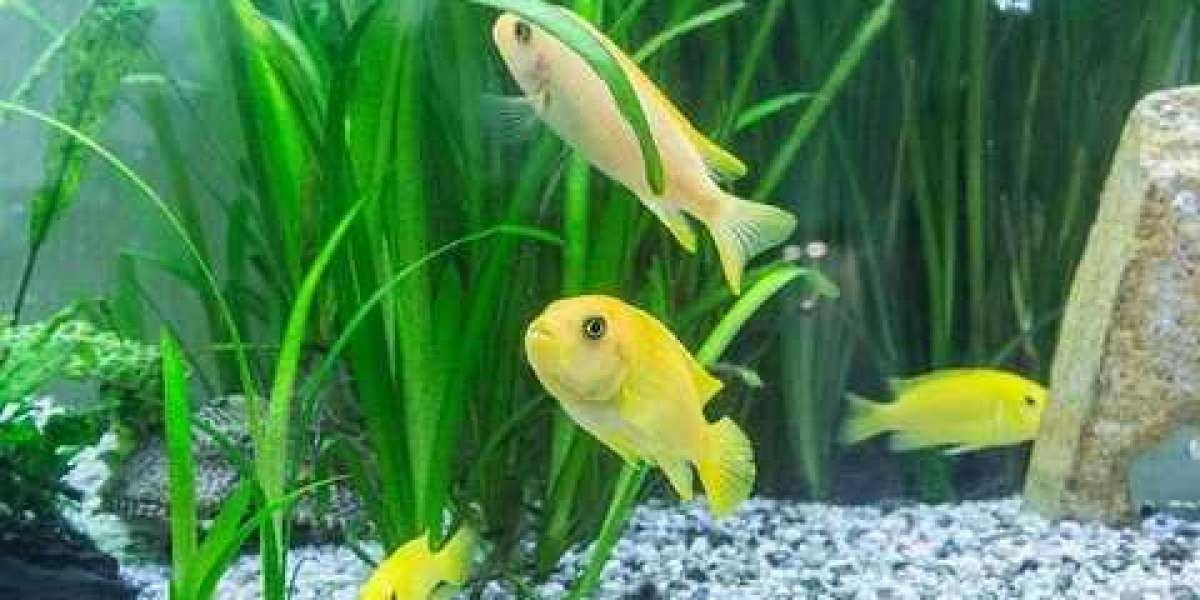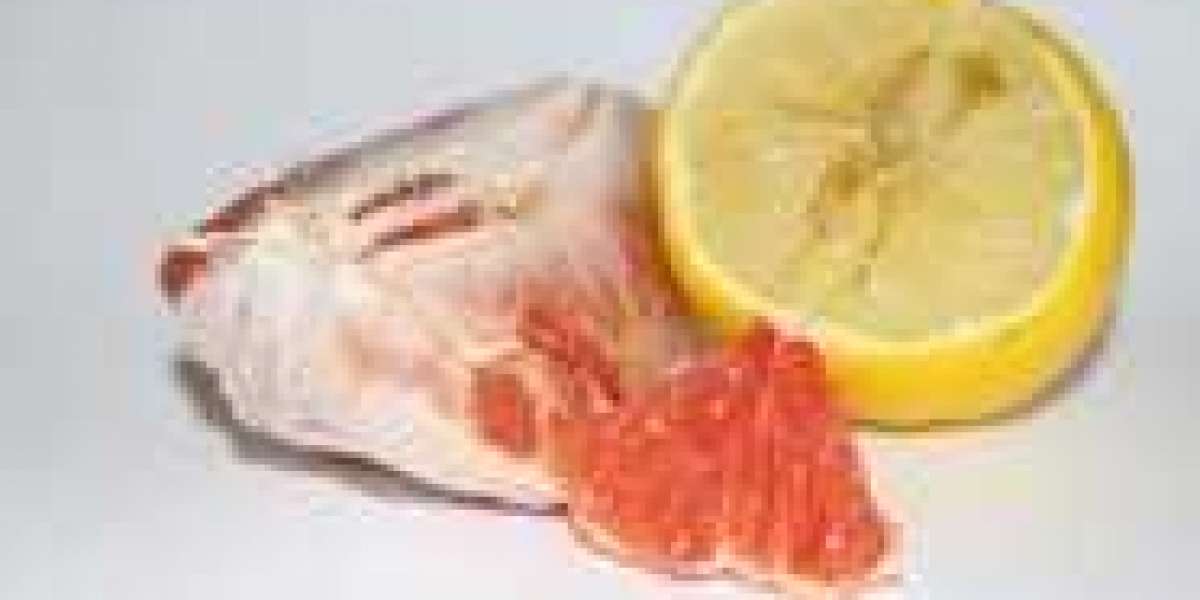Original Title: Comparison of Standard Requirements and Key Technical Indicators of Medical Masks in Countries Around the World Masks can be roughly divided into medical masks and protective masks, and the main function of protective masks is to prevent dust, which is also the type of masks we contact more in our daily life, such as ordinary N95, KN95 and other types of masks. On the basis of dust masks, medical masks also put forward requirements to prevent liquid penetration. That is to say, ordinary N95, KN95 and other series of masks are not medical, to indicate that "medical" is a medical mask. In order to give full play to the service value of the standard and help enterprises understand the standards of masks at home and abroad, we have collected and collated the standards of medical masks among the United States, the European Union and BRICS countries, and compared the key performance indicators. Main index parameters involved in medical mask A) Particle filtration efficiency: particle filtration efficiency under certain airflow B) Bacterial filtration efficiency: the effectiveness of the surgical mask in filtering aerosols containing bacteria -Select a certain concentration of Staphylococcus aureus, the bacterial size is 3 ± 0.3 microns. C) Airflow resistance: the pressure difference on both sides of the filter layer of the mask under a certain airflow Generally, the particle filtration efficiency is high, which will increase the airflow resistance and reduce the wearing comfort. D) Penetration of synthetic blood: spray 2ml of synthetic blood to the outer surface of the mask under a certain pressure,Medical Quickly Delivery Antivirus Coverall, and there shall be no penetration inside the mask. — — The viscosity and surface tension of synthetic blood are specified. In terms of size, the particle size of bacteria was equal to or larger than that of latex spheres, and the particle size of NaCl particles was equal to or larger than that of viruses. From the point of view of medical protection, medical masks should have high bacterial and particle filtration efficiency, high resistance to synthetic blood permeability, and comfortable air permeability. When choosing masks, we should not only look at the technical indicators, Against Bacteria Breathable KN95 Face Mask ,Quickly Delivery Disposable Protective Clothing, but also pay attention to the test methods. Key performance indicators of technical standards for medical masks I. China GB 19083-2010 Technical Requirements for Medical Protective Masks II. China YY 0469-2011 surgical mask Parameter Requirements III. ASTM F2100-2019 Standard Specification for Material Performance of Medical Mask Expand the full text IV. EU EN 14683-2019 + AC-2019 Requirements and Test Methods for Medical Masks V. Indian ISS-2014 Specification for Medical Textiles Surgical Masks VI. South Africa SANS 1866-1-2018 Medical Equipment Part 1 Medical Mask Performance Brazil ABNT NBR 15052-2004 Non-woven articles for dental care hospitals. Surgical masks, requirements for VIII. Key performance indicators of technical standards for medical masks 1. The bacterial filtration efficiency test is unified and the performance requirements are consistent. At present, all standard testing methods for bacteria are to select Staphylococcus aureus with a diameter of 3 microns for testing. The performance requirement is that the bacterial filtration efficiency should be greater than 95%. 2. The particle filtration efficiency is quite different. China uses NaCl particles with a median particle size of 75 nanometers, which is consistent with the CDC test method for N95 series masks, while the United States, Brazil, India and South Africa use latex balls with a particle size of more than 100 nanometers (ASTM 2100-19). As we all know, the preparation of small-sized latex balls requires greater technical difficulty and higher cost. At present, the particle size of the latex ball test particles advocated by the United States is much larger than that of the NaCl particles used in China. It is worth noting that the United States advocates the use of latex ball method to test particle filtration efficiency, while the European Union has no requirement for particle filtration efficiency. Therefore, in terms of particle filtration efficiency, we should not only look at the numerical value, but also pay attention to the test method. According to this indicator, the technical standard of medical masks in China is relatively high. 3. The pressure difference performance is consistent with the particle filtration efficiency test results. NaCl particles with a median particle size of 75 nm were used for particle testing in China. Under the same particle filtration efficiency, the pressure difference (35 mm H2O) of medical protective masks in China was much higher than that of similar products in other countries (4 mm H2O), and the breathing comfort was reduced. Under the same pressure difference, the particle filtration effect of Chinese masks is only 30%, which is caused by the different particle sizes used in the test. 4. The permeability test method of anti-synthetic blood is the same. All medical masks in China, the United States and South Africa are resistant to the penetration of synthetic blood, while only advanced protective masks in the European Union, India and Brazil are resistant to the penetration of synthetic blood. As a "professional, authoritative, safe, simple, fast, time-saving and worry-saving" global laboratory brand management expert,Medical Disposable Coverall, Wilson Laboratory Management Expert has 50 + years of experience in laboratory management and product testing and certification of epidemic prevention materials, and has urgently handled CE/FDA product certification and CNAS product certification for many protective materials enterprises. If you have any product certification needs, you can contact "Wilson Laboratory Management Experts" at any time. Return to Sohu to see more Responsible Editor:. zjyuan-group.com
Fletcher
12 ব্লগ পোস্ট



